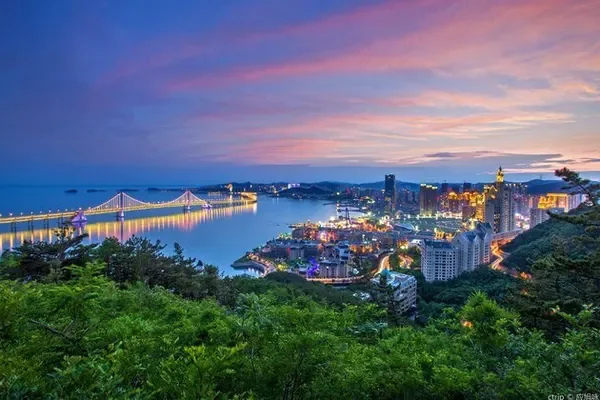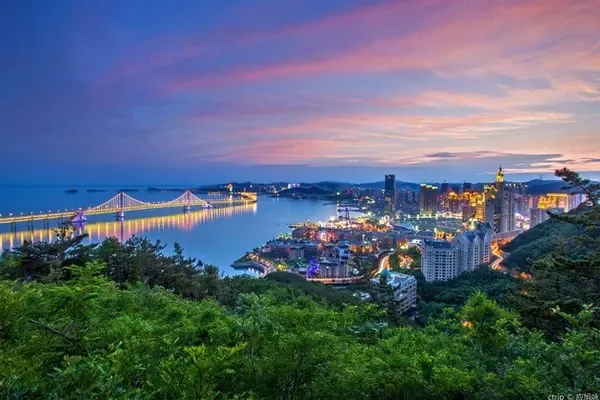Speaking of Shanshan, many people will be very unfamiliar, but everyone must know the Silk Road, and they have heard of the mystery of the ancient Loulan country, but if they are very familiar with the development of civilization in the ancient city of Loulan, this Shanshan will naturally not Unfamiliar, in history Loulan was renamed Shanshan Kingdom. Today’s Shanshan in Xinjiang is not the ancient Shanshan country, and the Loulan site is not in the current Shanshan territory, but the Kumtag Desert, which is almost zero distance from Shanshan, has buried this mysterious ancient country.
Today, Shanshan and the mysterious Loulan are naturally inextricably linked. In history, it was not only the gateway from the Central Plains to and from the Western Regions, but also an important transportation hub on the ancient Silk Road. The historical civilization left by Shanshan is still full of mystery. Therefore, the cultural essence of Shanshan tourism cannot be separated from ancient legends and mysterious ancient colors. Even a vineyard and winery must infiltrate Loulan culture into it, combining grotto murals and Loulan civilization. Put in a bottle of wine.
Loulan Winery is named after Loulan, an ancient kingdom that disappeared in the Taklamakan Desert 1400 years ago. Established in 1976, the winery is the first wine-making vineyard in Xinjiang, and it is also an AAA-level scenic spot.
Hunan Satellite TV's "Here We Are" also filmed a program here, and also funded the construction of a vineyard green avenue for the winery. In addition to the architectural style of Loulan Winery, which has the style of the Western Regions, the most beautiful thing may be its wine cellar.
This is different from all the wine cellars I have visited in Europe. In addition to the cultural differences, the Loulan wine cellar integrates ancient civilization into it. While feeling the intoxicating aroma in the wine cellar, the barrels in front of you Bottled or bottled wine looks like an ancient relic from 1400 years ago.
The walls of each separate wine cellar are painted with colorful murals of figures, full of ancient art styles such as Buddhism, Western Regions, and Central Asia, and the figures represent different eras, such as the Han Dynasty and Tang Dynasty.
In order to reflect the vicissitudes of the site and make tourists feel the difference of Loulan Winery more directly, the walls of the wine cellar often look old, and even the murals will show a state of being cut.
Like the Tuyugou Grottoes or the Thousand Buddha Caves, countless fine murals and Buddha statues were plundered by the Germans with cutting techniques. Each independent small wine cellar is like a grotto, presenting exquisite murals and ancient cultural relics, which seem to be the private collections of ancient Loulan princes and nobles.
And outside the wine cellar, the mural art and Loulan civilization of the winery can be seen everywhere. In order to "restore" the exquisite murals cut in the grottoes, the winery's master painters also went to museums around the world to find those stolen murals on the ancient Silk Road, among which the Berlin Museum in Germany is the primary destination.
Unfortunately, during World War II, the museum was attacked by Allied bombers no less than seven times, and the 28 exquisite murals brought back by explorer Le Coq were all reduced to ashes. Although at the outbreak of the war, the museum transferred at least 60% of its collections related to the Silk Road. But the complete disappearance of the murals is regrettable.
The ancient and mysterious Loulan civilization is still a lot of unsolved mysteries today. Since the ancient Loulan site was discovered by the Swedish explorer Sven Hedin in the spring of 1990, this place has attracted the attention of explorers from all over the world. The spirit of adventure travels through the Robe Wasteland, desperately excavating the Loulan ruins.
In this ancient Gobi Desert, ancient artifacts will appear every time the wind and sand pass by. It's like the holy city of Jerusalem. Under the city are often the foundations of countless buildings. If you dig a bowl, many cultural relics will appear. But for the integration of Loulan winery and Loulan civilization, traces of cultural relics after the wind and sand have passed can also be seen.
In addition to the precious red wine, the limited edition Cabernet Sauvignon was reported by foreign media as one of the five most expensive Chinese wines, and the Loulan culture is displayed in a museum way. While tasting a glass of wine, it is no longer just a sense of taste. Some "unearthed cultural relics" in the window have brought people deep thinking about more than 1400 years ago. It is an indisputable fact that the cultural treasures left over from ancient times have been almost emptied, but cultural exploration and inheritance are still the path we have to take.
Loulan Winery combines grotto murals with Loulan civilization. It is not only a simple winery, but also a representative of civilization in Shanshan cultural tourism. According to the owner, they will put these murals in the near future Displayed in the form of mosaics to enrich cultural and artistic colors.


